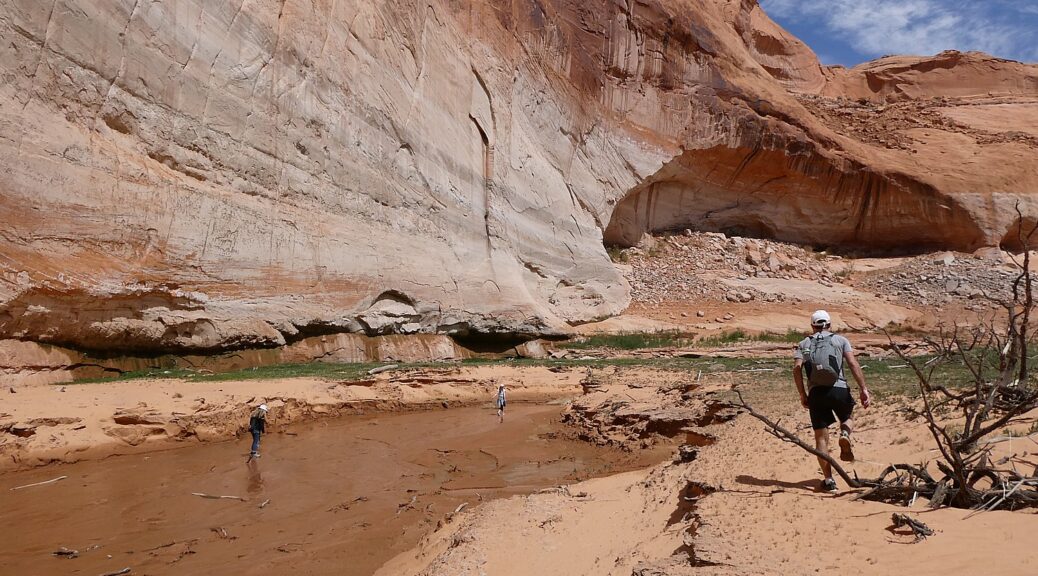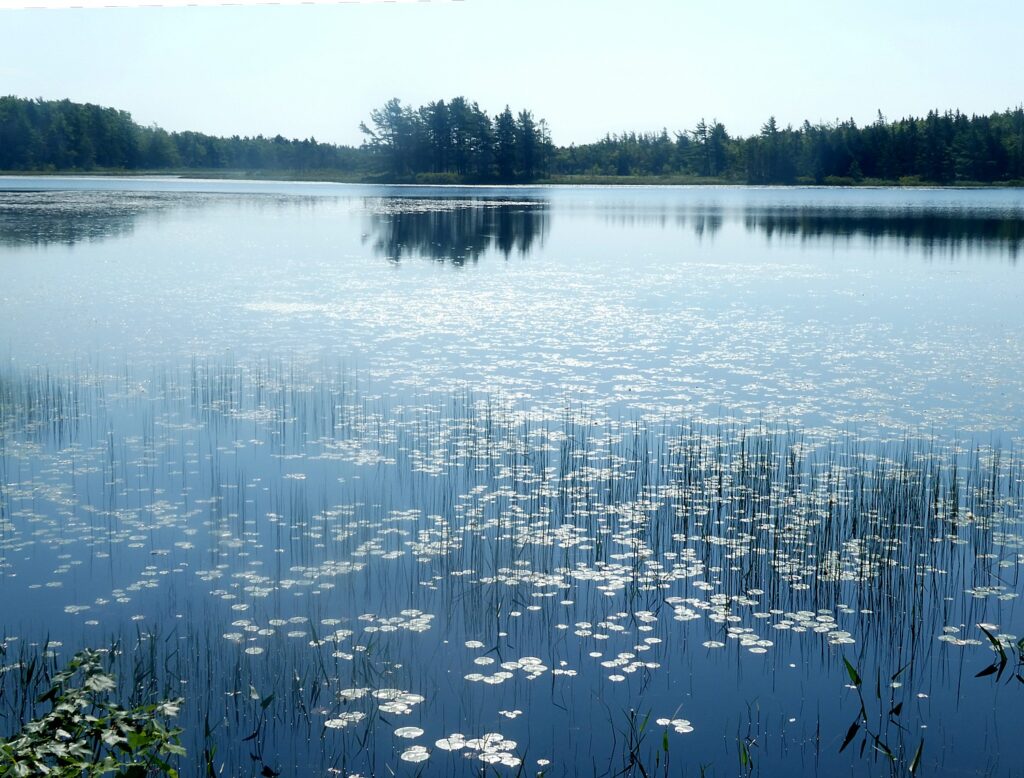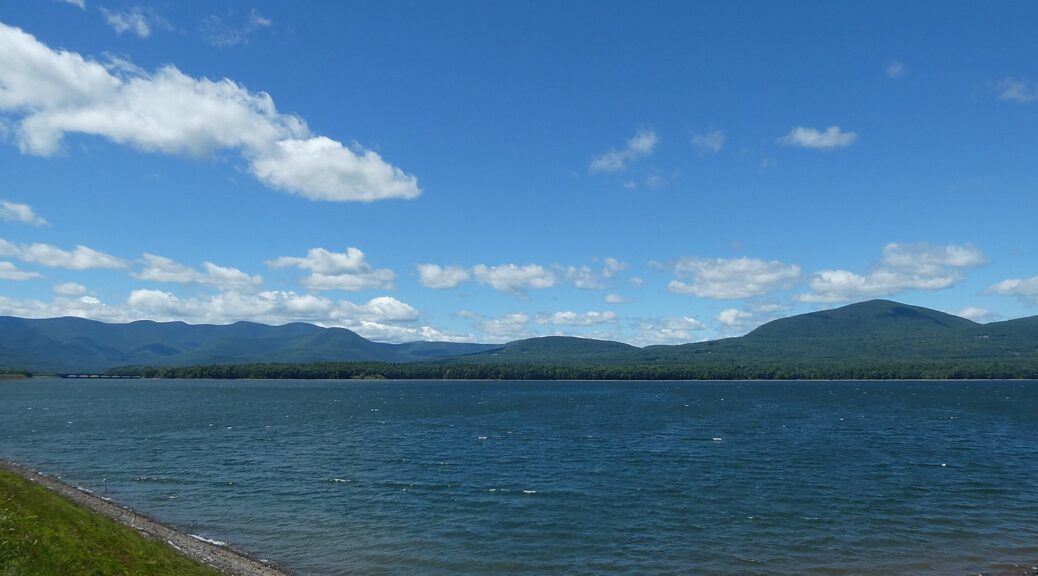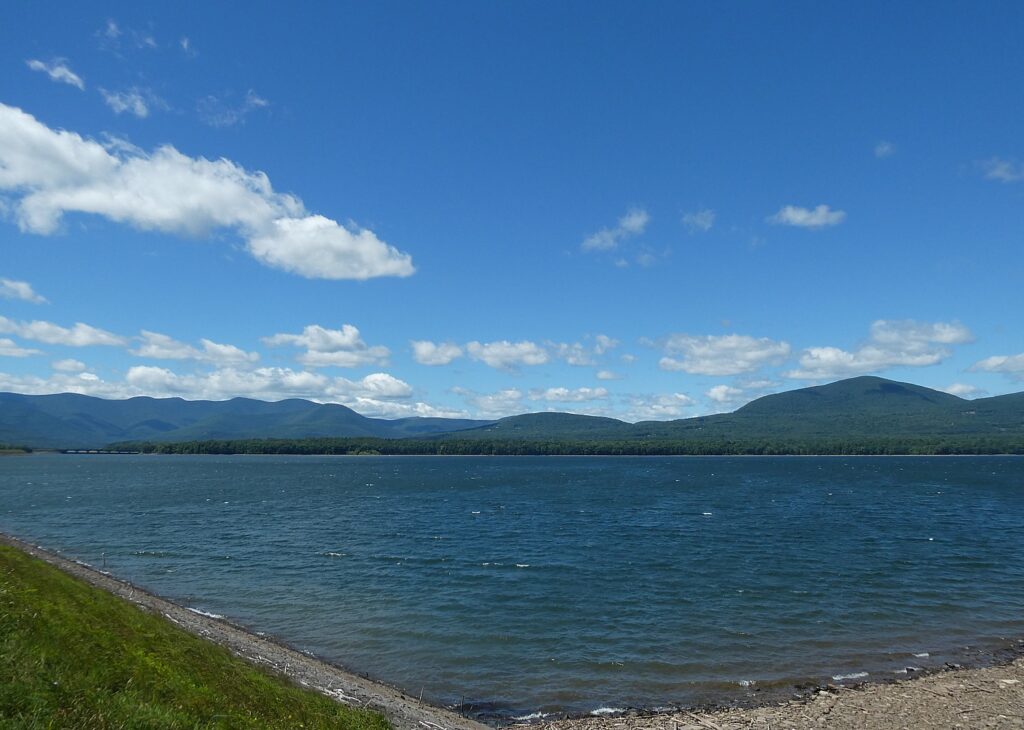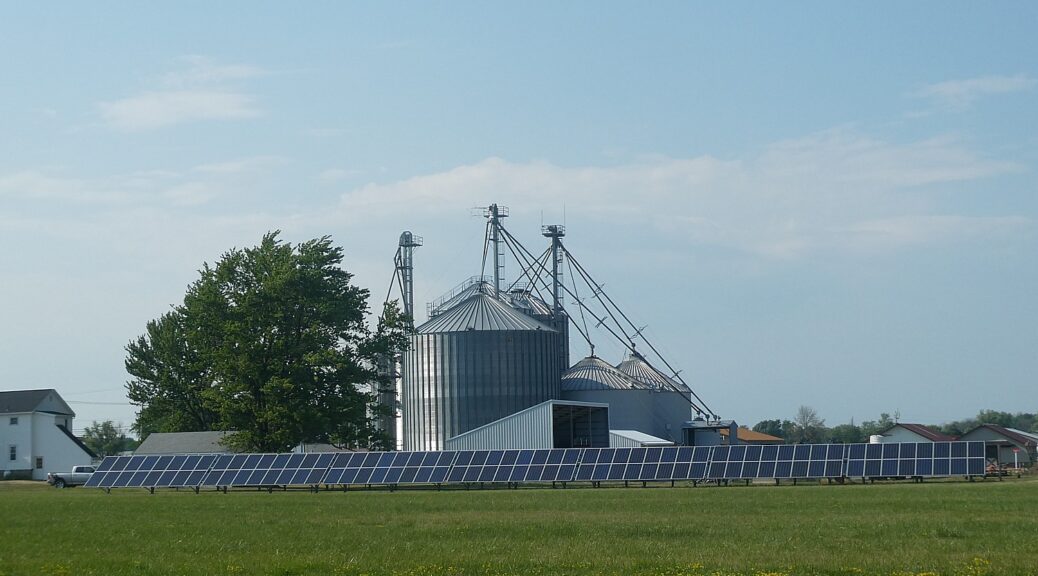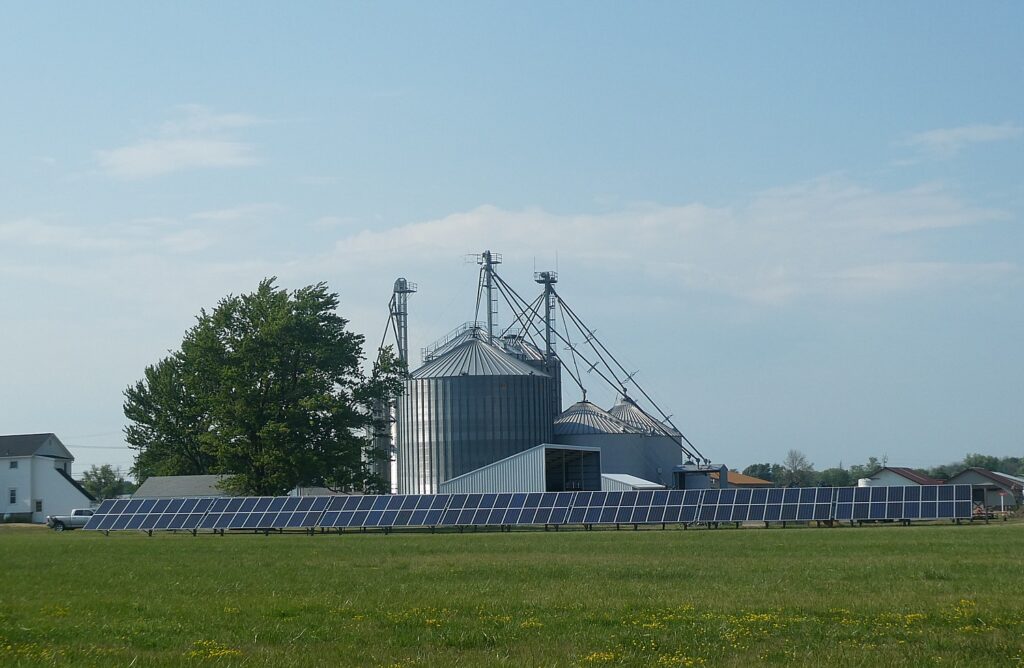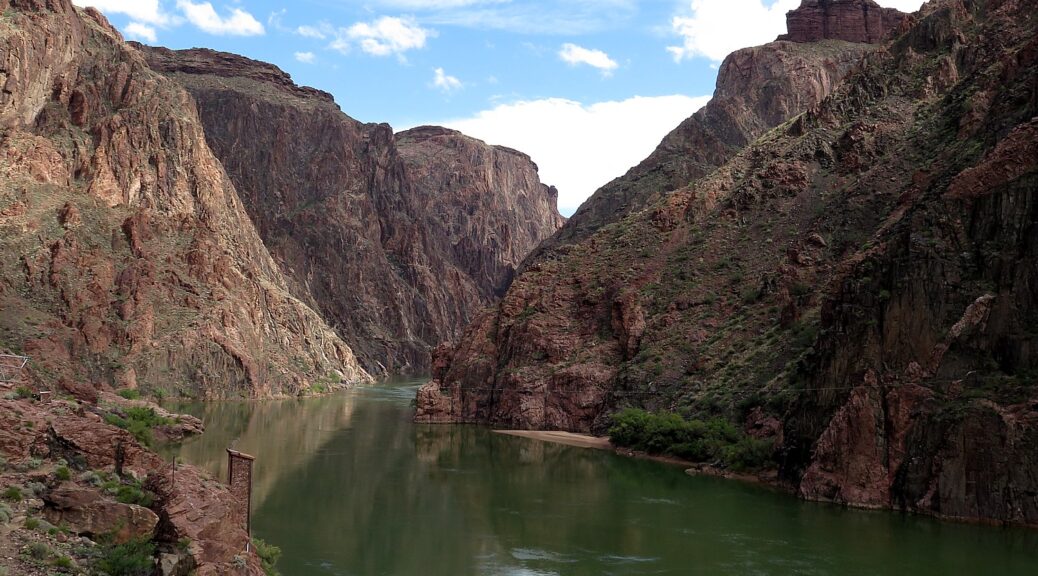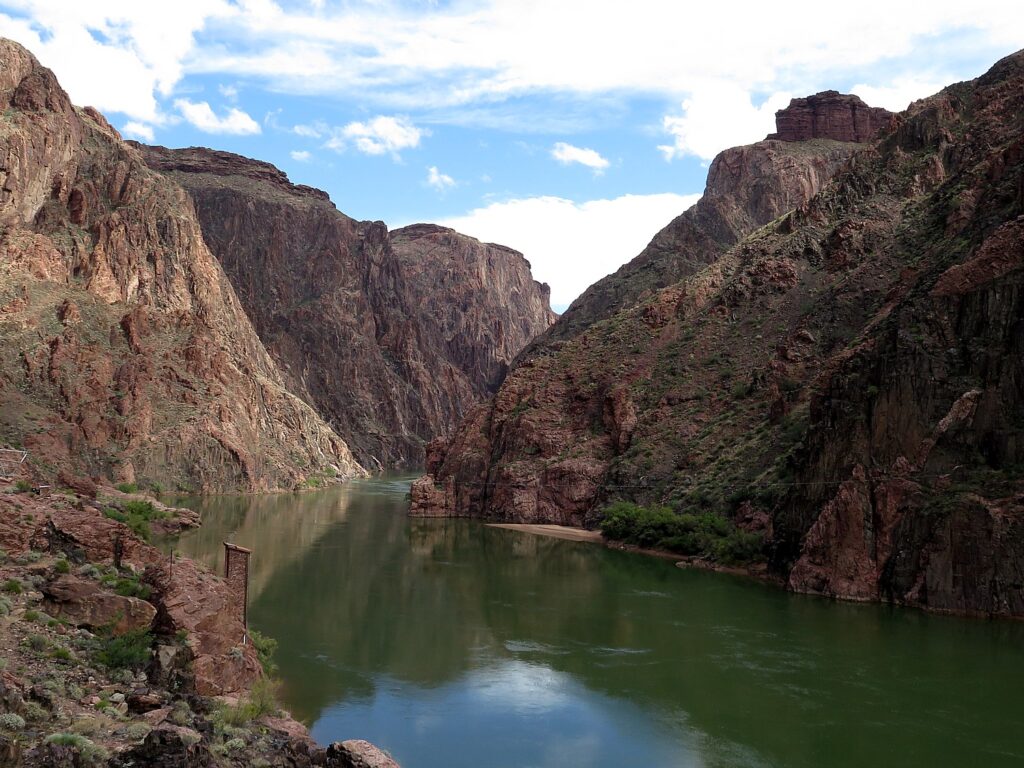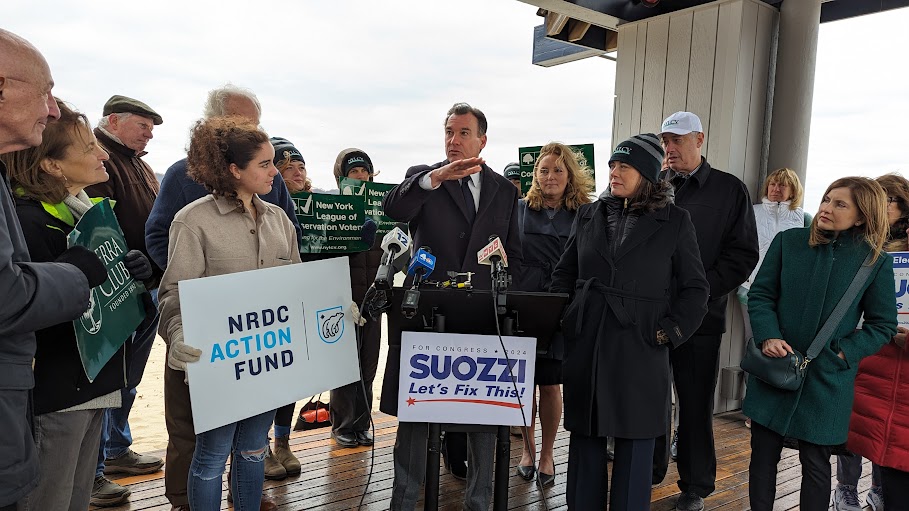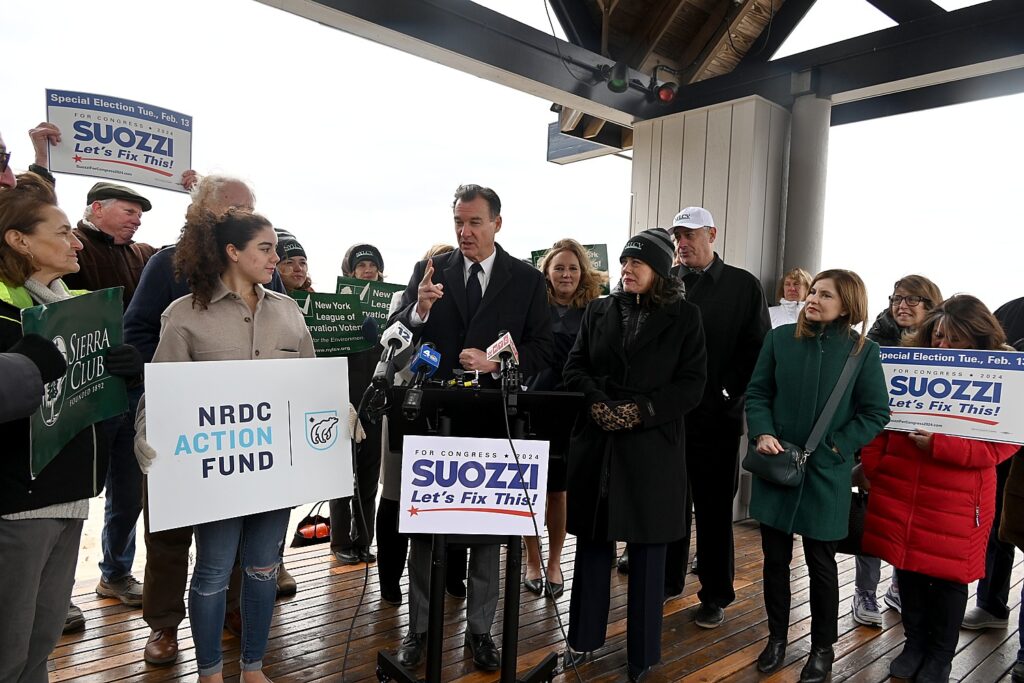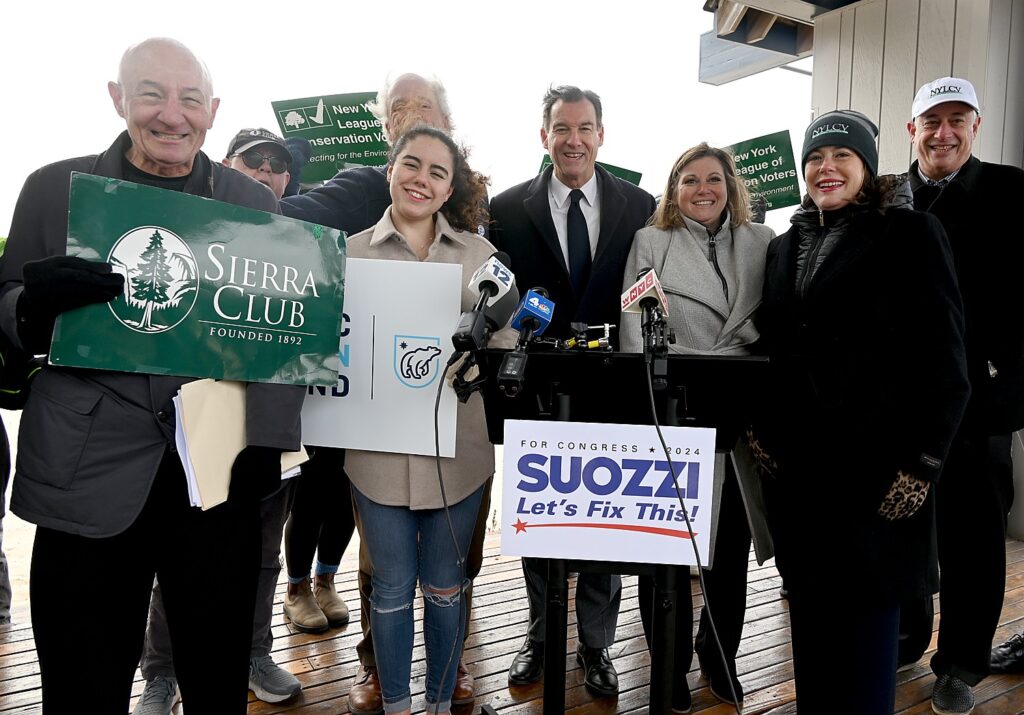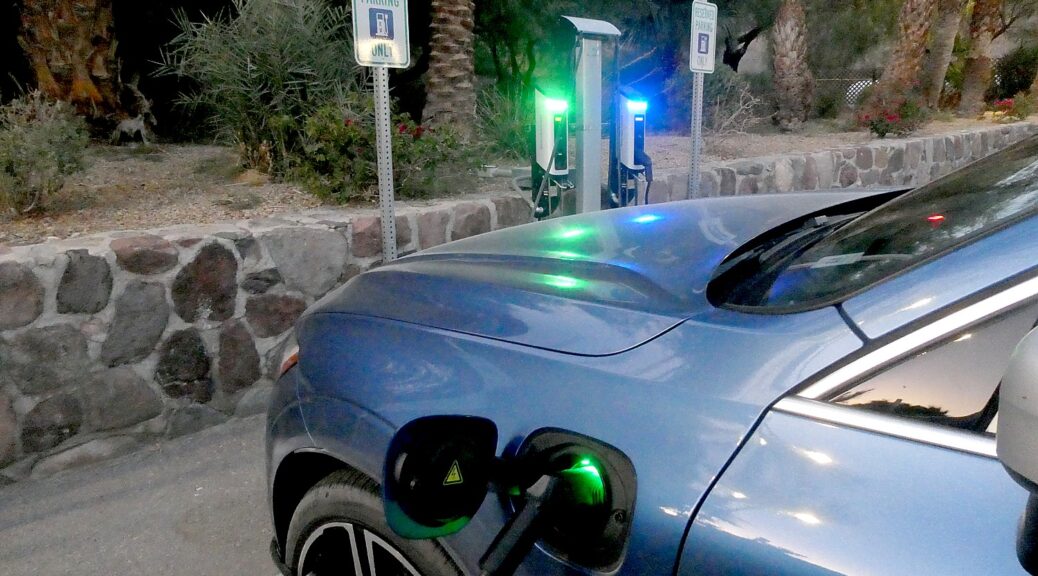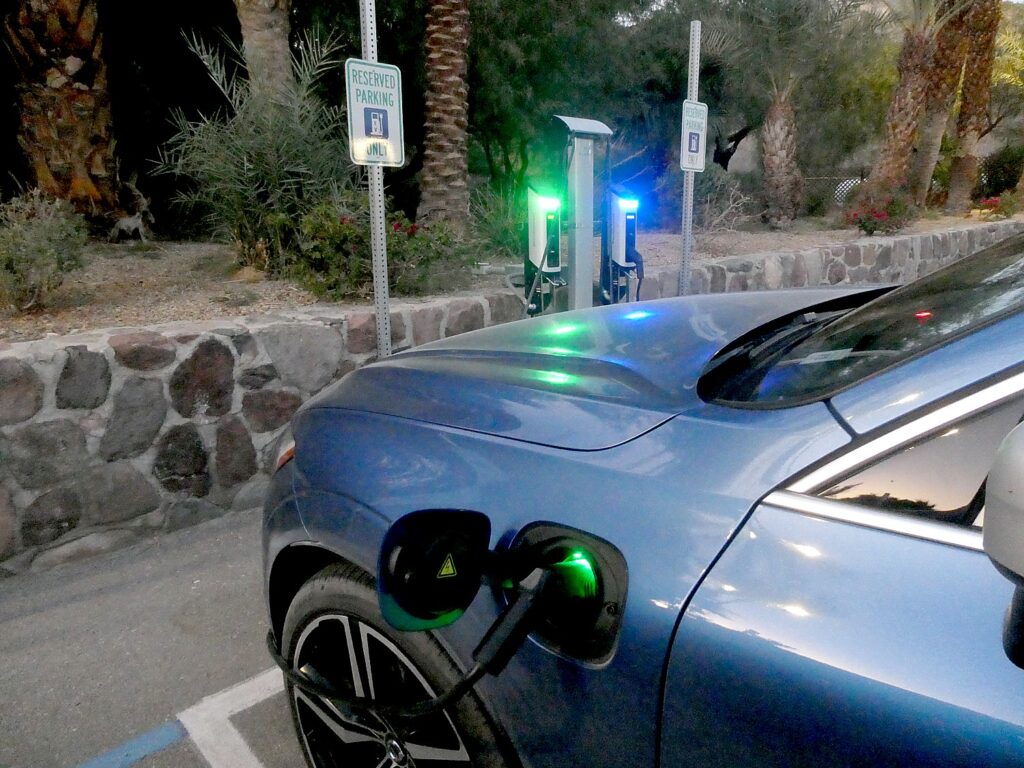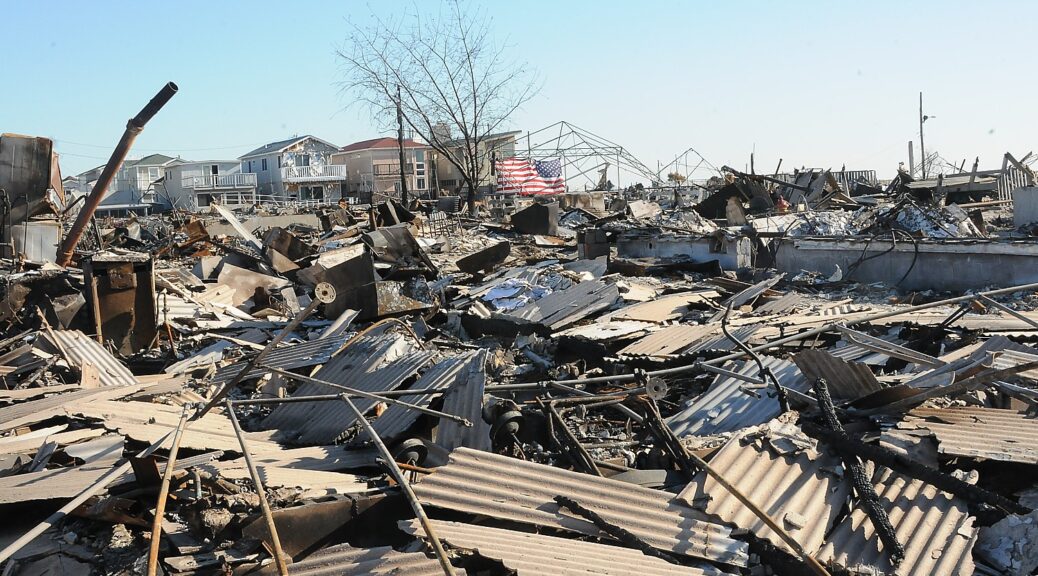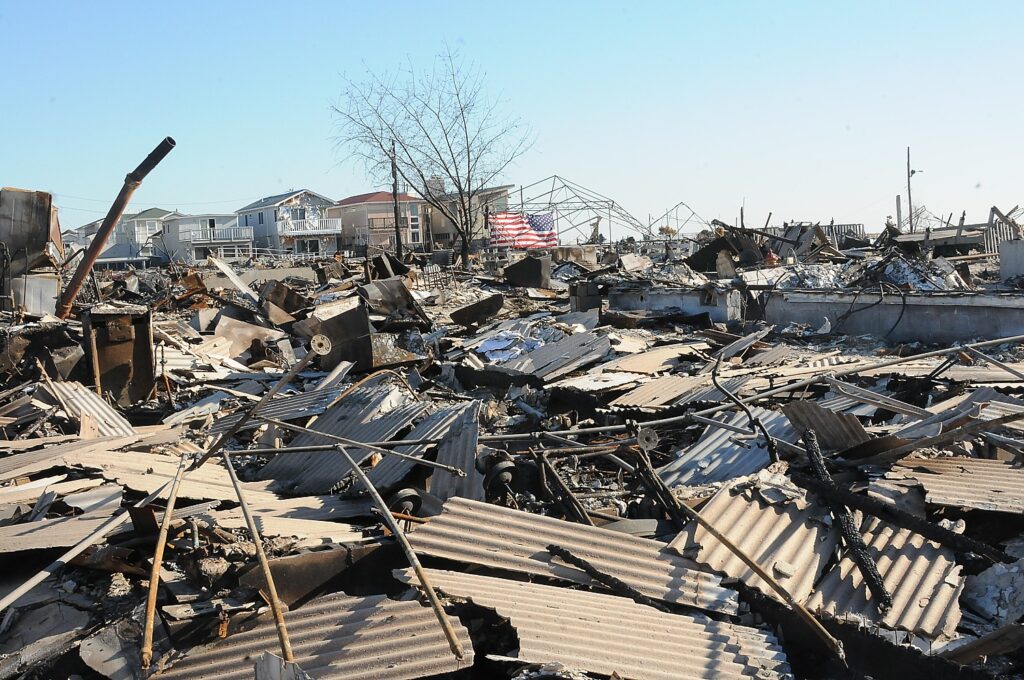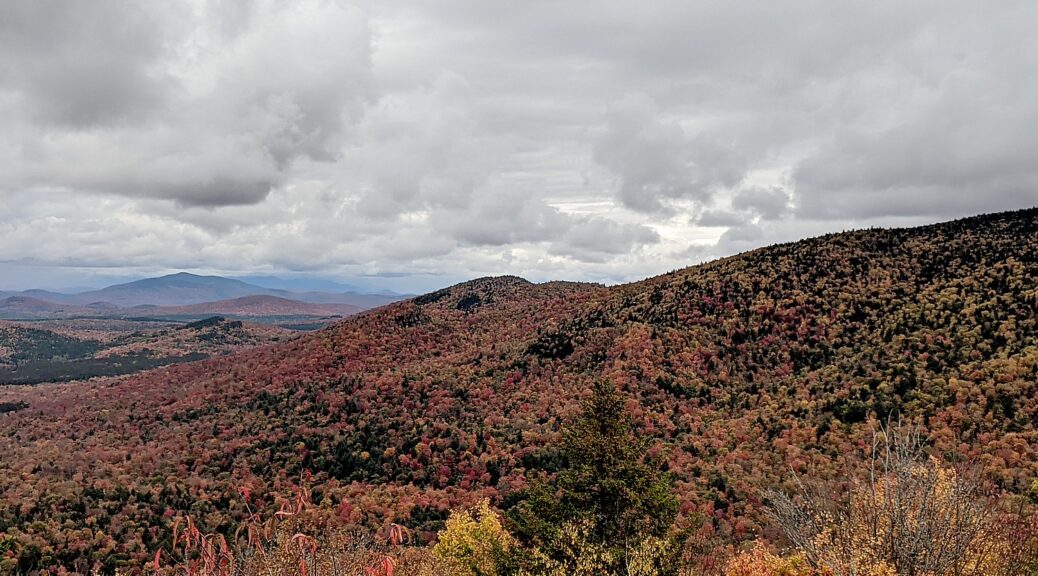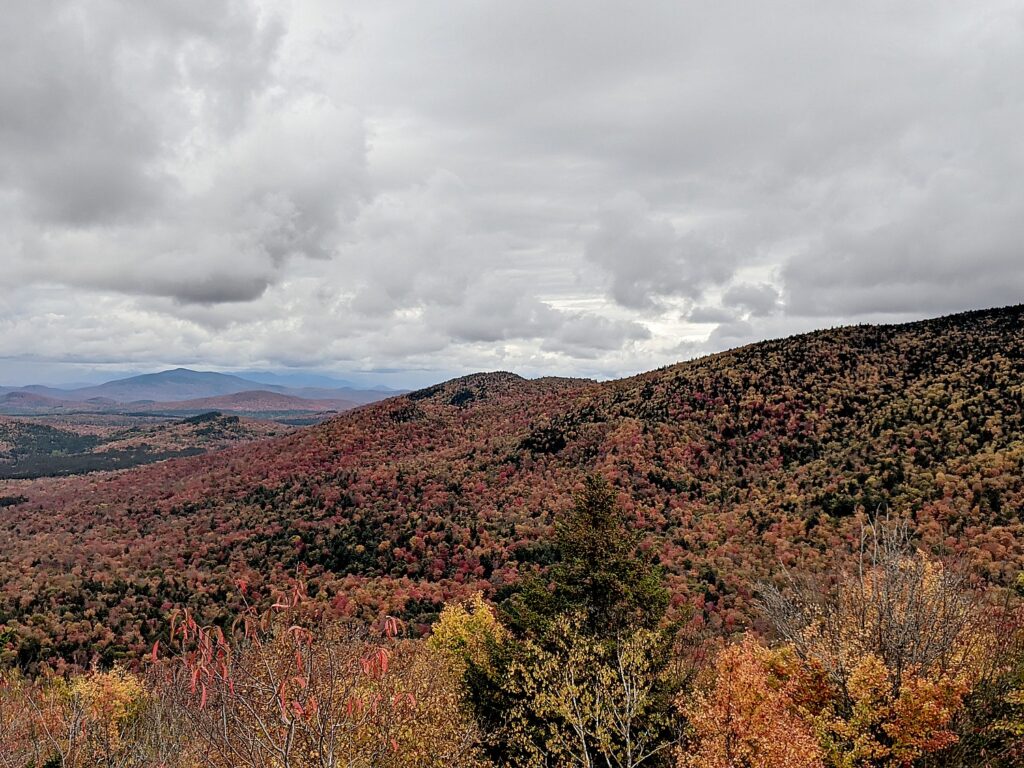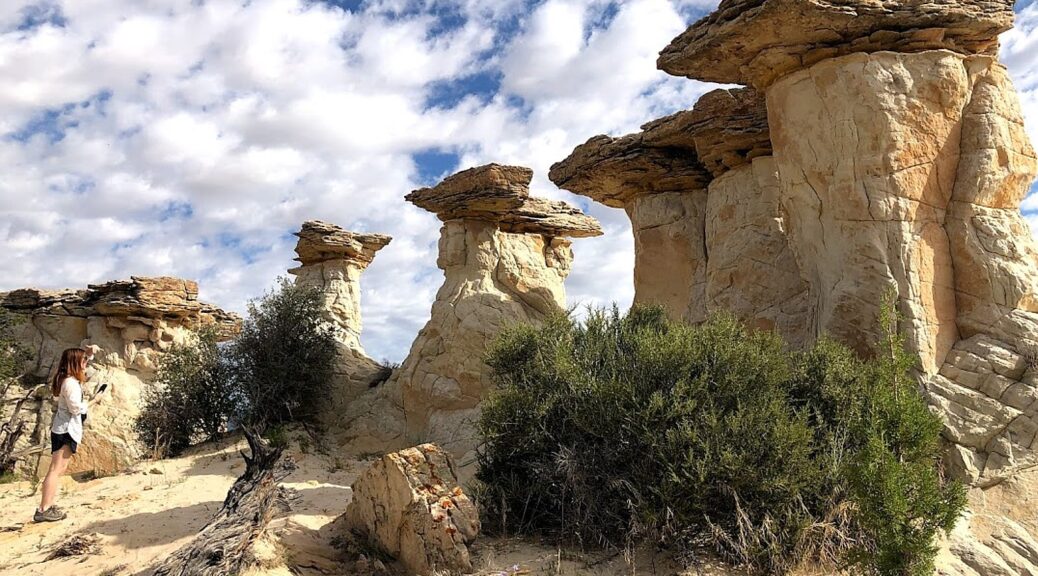American Climate Corps Has Already Put 15,000 Young Americans to Work as Part of Its Inaugural Cohort
Environmental Protection Agency and AmeriCorps Announce a New Environmental Justice Climate Corps; the Department of Housing and Urban Development Joins the Interagency American Climate Corps Initiative
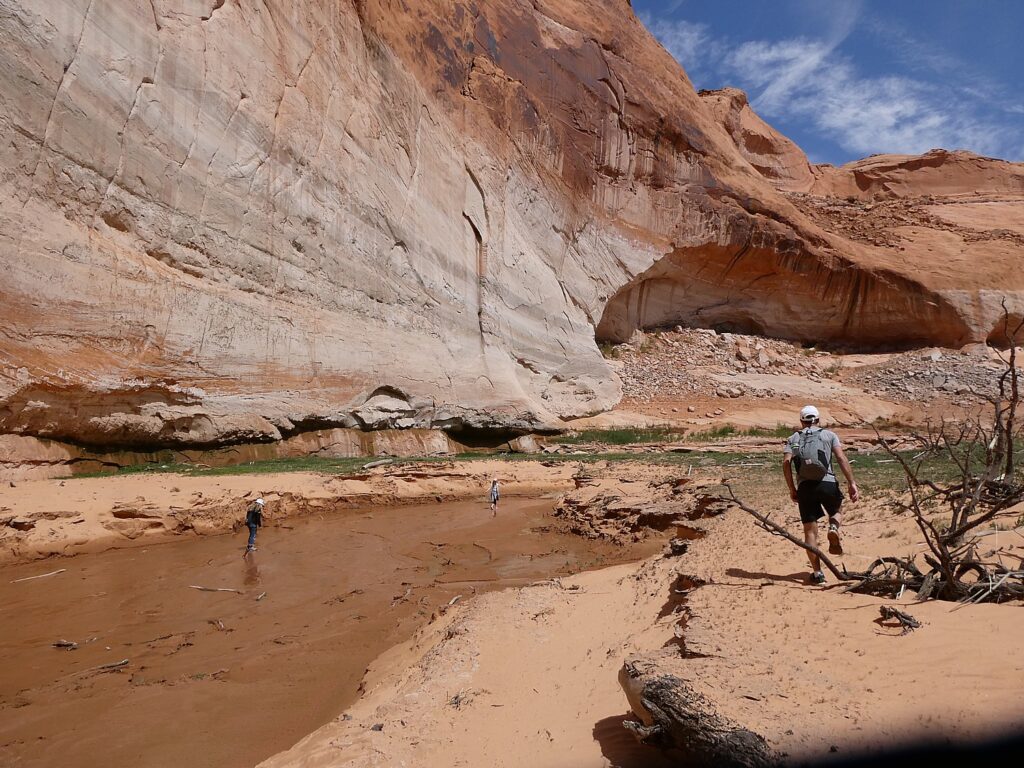
During Climate Week, the Biden-Harris administration announced progress on its American Climate Corps. This fact sheet was provided by the White House:
Since taking office, President Biden has delivered on the most ambitious climate, clean energy, conservation, and environmental justice agenda in history – signing into law the largest investment in climate action ever, protecting more than 42 million acres of public lands and waters, creating good-paying clean energy jobs, and establishing the Justice40 Initiative, which sets the goal that 40 percent of the overall benefits from certain federal investments flow to disadvantaged communities that are marginalized by underinvestment and overburdened by pollution.
As part of his historic commitment to tackle the climate crisis, President Biden launched the American Climate Corps (ACC) to mobilize the next generation of clean energy, conservation, and climate resilience workers, with a goal to put 20,000 young people to work in the clean energy and climate resilience economy in the initiative’s first year. Today, in celebration of Climate Week, the White House is announcing that more than 15,000 young Americans have been put to work in high-quality, good-paying clean energy and climate resilience workforce training and service opportunities through the American Climate Corps – putting the program on track to reach President Biden’s goal of 20,000 members in the program’s first year ahead of schedule.
Across the country, American Climate Corps members are working on projects to tackle the climate crisis, including restoring coastal ecosystems, strengthening urban and rural agriculture, investing in clean energy and energy efficiency, improving disaster and wildfire preparedness, and more. The American Climate Corps is giving a diverse new generation of young people the tools to fight the impacts of climate change today and the skills to join the clean energy and climate-resilience workforce of tomorrow.
The Biden-Harris Administration is making several additional announcements:
- The Environmental Protection Agency (EPA) and AmeriCorps are Announcing a New Environmental Justice Climate Corps, which will put more than 250 American Climate Corps members to work over the next three years providing technical assistance to community-based organizations in environmental justice communities – helping them access resources to carry out locally driven projects that reduce pollution, increase community climate resilience, improve public health and safety, and build community capacity to address environmental and climate justice challenges. Environmental Justice Climate Corps members will be paid a living allowance and reimbursed for selected living expenses. In total, this allowance is equivalent to receiving more than $25 per hour throughout their year of service. They will also obtain the benefits of AmeriCorps VISTA service—including the Segal AmeriCorps Education Award, which is valued at $7,395 in FY24, and streamlined pathways into certain federal jobs—and gain mentorship and professional development opportunities. Applications for the Environmental Justice Climate Corps will open in early 2025, with a goal for its first cohort to start later that year. The partnership with EPA is AmeriCorps’ largest environmental partnership in the agency’s history and will build on the success of three other partnerships announced under the American Climate Corps: AmeriCorps NCCC Forest Corps, Working Lands Climate Corps and Energy Communities AmeriCorps, which together will support more than 500 new ACC positions over the coming years.
- The Department of Housing and Urban Development (HUD) is Joining the ACC Interagency Initiative. Joining the seven initial signatories of the December 2023 ACC Memorandum of Understanding, today HUD will become the eighth federal agency member of the ACC Interagency Initiative. This step brings the ACC to the communities HUD serves, building upon the Department’s commitment to using low- and zero-carbon energy and supporting communities to increase their resilience, advance environmental justice, and create good jobs for residents.
- The American Climate Corps is Fostering Federal-State Partnerships by establishing a partnership with state service commissions, which support national service in states across the country, to grow the number of state climate corps and strengthen existing state climate corps programs. Together, the American Climate Corps, state-level climate corps programs, and state national service leadership are committed to strengthening state climate corps, supporting impactful program implementation, and leveraging state and local partnerships to scale climate corps efforts across the country. To date, 14 states have launched their own state-based climate corps programs, including New Jersey who just today announced the creation of the New Jersey Climate Corps.
- American Climate Corps Will Host a Virtual Job Fair. The American Climate Corps is working to ensure that its members have a pathway to good-paying jobs following their terms of service, which is why later this year, ACC will host a virtual job fair for current and past members to learn about high-quality career opportunities in the clean energy and climate resilience economy. The virtual job fair will bring together the private sector, labor unions, and the public sector, including Federal agencies, to showcase career pathways available to ACC members.
Today’s announcements build on a year of successful program implementation, including:
- Launch of the American Climate Corps Tour. This fall, to showcase ACC members’ important work across the nation, the American Climate Corps and senior Biden-Harris Administration officials is embarking on a national tour and visiting ten locations to highlight ACC members’ impact in communities across the country. The tour is making stops at a range of ACC project sites and featuring remarks by representatives of the Biden-Harris Administration and other Federal, state, and local elected officials. Visits include ACC member swearing-in ceremonies, service projects, and roundtables with ACC members.
Creation of the American Climate Corps Storytellers Project. Inspired by the Works Progress Administration’s Federal Art Project, the ACC launched the Storytellers Project, engaging artists and storytellers to capture the impact of President Biden’s American Climate Corps. The ACC Storytellers Project solicited applications from artists across the country. Ten accomplished storytellers were selected to document the impact of the American Climate Corps in communities across the country through photographs, videos, and other visual art mediums.

